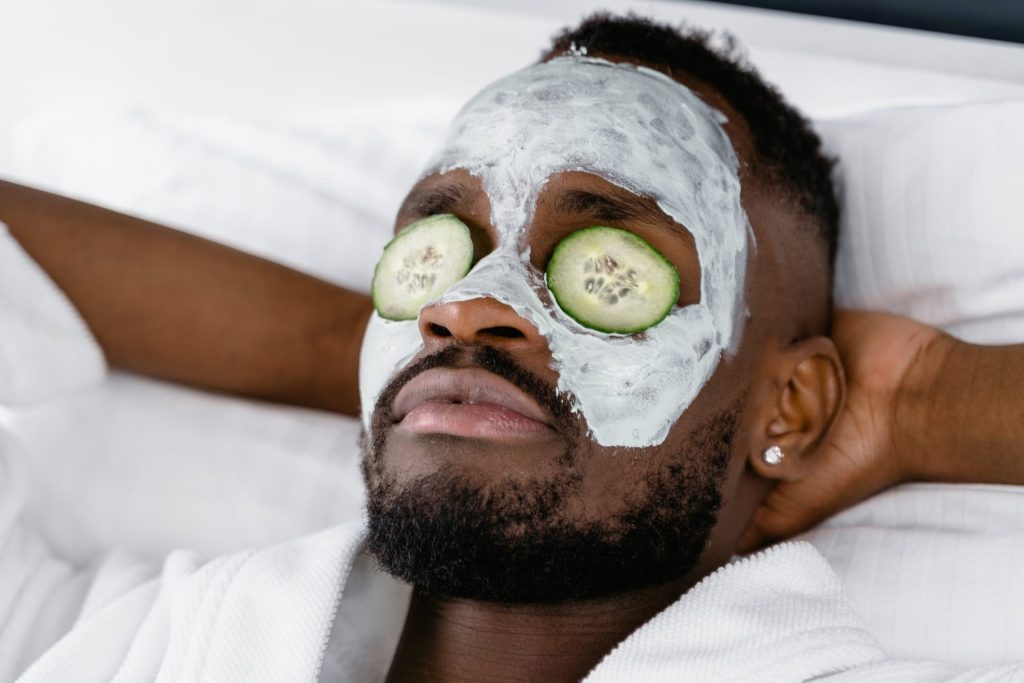The men’s grooming industry has seen explosive growth in recent years. Men’s grooming products and services accounted for over £112 billion in global sales in 2023, a number projected to reach £146 billion by 2025. This remarkable uptick reflects changing social norms and beauty standards for men, as self-care and put-togetherness become embedded in masculine ideals.

The New Normal
Once a niche market, men’s grooming has hit mainstream. Data shows that the last decade ushered in a paradigm shift: men’s grooming is now standard practice for a large portion of males aged 18 to 65. No longer frowned upon as vain or feminine, men using skincare products, getting frequent haircuts, maintaining neat facial hair, and carrying out basic manicures have become the norm.

While older generations continue to embrace more natural looks, younger cohorts are leading the charge. Over 75% of Generation Z males report using some grooming products daily, whether moisturizers, styling creams, or beard oils. This contrasts sharply with their fathers’ generation, where fewer than 25% used anything beyond soap and shaving cream.
Driving Factors
Several cultural and economic factors are responsible for normalised grooming habits among modern men:
- Labor force changes – As white-collar office jobs eclipse traditional manual labor, personal upkeep has grown more relevant for men. Employers expect employees to exhibit professionalism through neat, intentional looks, so men respond accordingly.
- Online influence – Social media and websites fused grooming with influencer culture and aspirational lifestyles. Expert tips and product reviews are omnipresent, while social standards evolved visibly via selfies and videos.
- Industry marketing – Beauty brands capitalised on shifting norms by targeting men explicitly in ads for the first time. Markets once deemed niche, like beard care or hair dye, earned widespread visibility through male-centric branding.
- Retail expansion – Mainstream brands unveiled men’s grooming ranges, while upstarts saw opportunities in specialty brick-and-mortar stores. The 2010s saw a boom in men’s beauty counters, barber shop hybrids, and subscription boxes catering to male consumers.
Growth Prospects
Men’s grooming remains a high-potential category moving into the mid-2020s, promising major expansion for established brands alongside openings for new market entrants:
- Projected 7% compound annual growth rate through 2025
- Notable upticks expected across Asia Pacific markets
- Haircare, skincare, beard grooming, and body care leading subcategories
- Barber services and masculine salons expanding in metropolitan areas globally

While market saturation will eventually curb explosive growth, we are far from that inflection point. Popularity of grooming products among younger males suggests durable consumer bases, and shifting beauty standards toward inclusive, non-binary branding open additional avenues. For brands and retailers in beauty or personal care spaces, the men’s segment represents a strategic imperative.
Grooming Goals
Modern men pursue various goals and needs through grooming routines:
Hair: Regaining thicker hair, reducing gray hairs, achieving desired hairstyles
Beards: Growing fuller beards, styling facial hair, managing “five o’clock shadow”
Skincare: Controlling acne and breakouts, implementing anti-aging regimens, maintaining brighter and clearer complexions
Body: Reducing body and back hair, enhancing muscular definition, mitigating body odor
Hands and Feet: Managing nail length and shape, eliminating calluses and cracks, softening skin
The list continues growing as innovative brands link grooming routines to masculinity and wellness ideals like self-discipline, confidence, and mental health.
These connections usher more new product opportunities as men adopt grooming as standard lifestyle practice rather than a periodic fix. Sustained growth seems imminent.
